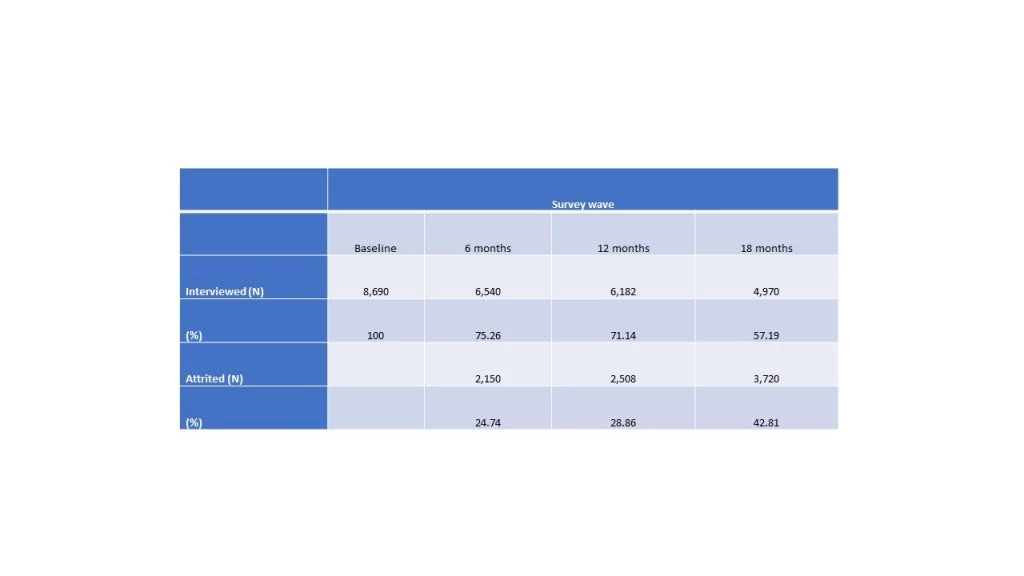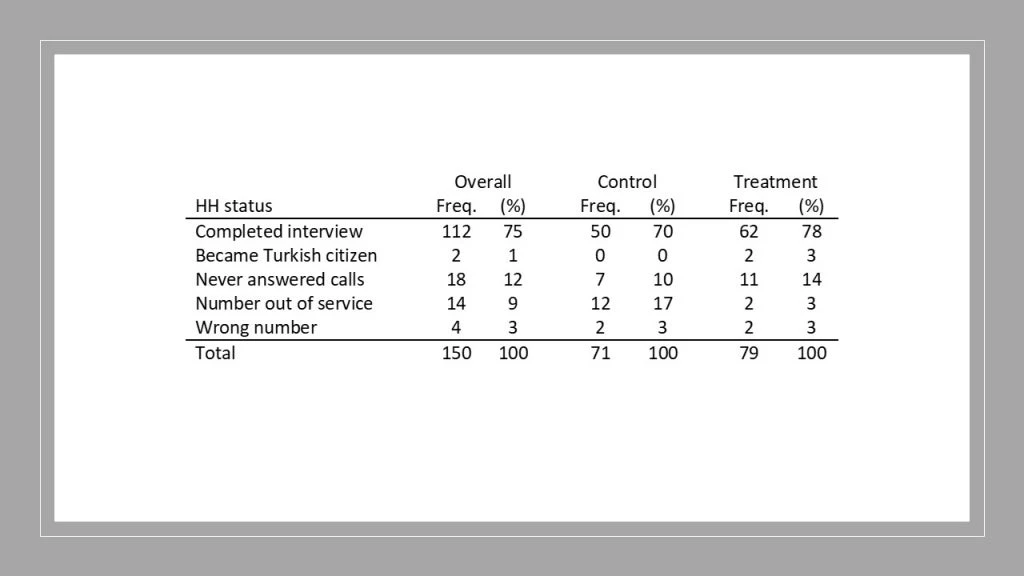This is the thirteenth in this year's series of posts by students on the job market.
Earlier this year, we interviewed Mr Manjhi, an elected representative in rural Bihar (India) from an extremely marginalized caste group. He described his struggles with his prejudiced superior – an elected representative from a high caste – who refused to release funds to build public goods in Mr Manjhi’s ward. In his desperation, Mr Manjhi appealed to the higher state via a new mechanism he had only recently heard of – a formal complaints system. Over the next month and more, Mr Manjhi was called for “hearings” featuring his high-caste superior and a dispute-resolution officer of the higher bureaucracy. After scrutinizing the evidence and hearing both sides, the officer awarded the complaint in favour of Mr Manjhi and directed his superior to release funds immediately. Mr Manjhi used the funds to deliver piped water to all his constituents.
Mr Manjhi’s story encapsulates the findings of my job market paper, co-authored with Chinmaya Kumar. The paper describes how, even when in government, ethnic differences affect the ability of minorities to deliver public goods to their constituents (Alesina et al 1999). The paper then documents an institutional innovation – a formal complaints technology – which empowers minorities and helps them overcome these differences.
Our paper establishes three causal results, described in Figure 1.
1. Using a natural experiment (a Regression Discontinuity Design) and data from over 100,000 local representatives, we show that lower-tiered representatives from minority groups deliver fewer public goods when their upper-tiered representative is from a non-minority group.
2. We show – via the same natural experiment – that minority group representatives respond by issuing complaints against their superiors using a formal complaints technology. The fact that these complaints are costly suggests significant breakdowns in collaboration between politicians.
3. We then run a large field experiment involving 1629 minority representatives and demonstrate that the formal complaints technology is extremely effective in fixing politician incentives and that complaint filing increases public good provision.
Bihar’s local government is two-tiered, comprising Gram Panchayats (henceforth “GPs”; average 2700 households) and wards (225 households, on average). Our main minority caste groups are ``Scheduled Castes" (SCs). SCs are a collection of heterogeneous sub-castes who occupy the bottom rung of the caste hierarchy and have historically experienced the most discrimination. SCs are too marginalized to be elected as GP representatives in the absence of political reservation. On the other hand, given that wards are both small and segregated along caste lines, SC-majority wards are not uncommon and often elect SC ward representatives. The overwhelming majority (over 80%) of SC ward representatives are like Mr Manjhi, governing under a non-SC GP representative.
We study a set of key water and sanitation (WAS) public goods that are mandated to be provided across all wards over a three-year period (2017-2020). We focus on these for two reasons: First, allocations are determined by a fixed set of rules – so, all our results abstract away from preferences or rivalries over which wards should get which goods and when; Second, implementation requires explicit collaboration between politicians across the two tiers of local government. Funds for WAS schemes from the state's treasury reach the ward representative through the GP representative.
Do Caste Differences Cause Fewer Public Goods?
We exploit the algorithm used to reserve GP representatives' seats for SCs to identify causal variation in caste differences. This population-based rule – almost perfectly implemented – mandates that GPs with SC populations above a threshold will only have SC GP representatives. Thus, SC ward representatives on either side of the population threshold will see exogenous variation in caste differences. We estimate impact using a fuzzy regression discontinuity (RD) design.
Our first finding is that WAS projects in SC wards are delayed – and suffer implemented-related hurdles – when the GP representative is not an SC. Using an administrative dataset of over 98,000 WAS projects, we show that caste differences cause 29% fewer WAS projects in year 1. While this gap reduces by the end of year 2, it remains large (27%) and significant for those sub-castes among SCs who are at the bottom of the caste hierarchy.
Reversing roles does not have the same effect: when the GP representative is SC, non-SC wards do not suffer. This indicates that ethnic differences exacerbate inequality, with disadvantaged caste groups being most likely to be denied public goods.
Do Caste Differences Cause More Complaints?
By law, Bihar has set up a formal complaints mechanism (called “a grievance redressal system”) that gives every citizen a right to resolution of a wide range of complaints against the local state in a time-bound manner. Two features of the system are important: First, because the system is new, its penetration is low: only 25% of SC ward representatives are like Mr Manjhi and know how to use it; Second, complaint filing is costly, since it chiefly involves making multiple trips to a distant complaint resolution center to attend hearings.
Our second finding – identified via the same RD described above – is that caste differences more than double the likelihood of WAS complaint-filing by SC ward representatives. The formal complaints technology, therefore, is used to signal breakdowns in collaboration. Because complaint-filing is costly, we inter that the breakdowns must be significant.
Does Filing Complaints Improve Public Good Provision?
Does filing complaints fix incentives of GP representatives? We conduct a large field experiment across 1629 wards from GPs whose total population is nearly 15 million. Our main treatment arm provides information regarding the formal complaints technology and offers to file complaints regarding WAS project initiation on behalf of randomly selected SC ward representatives.
We contacted our sample of lower—tiered SC representatives over the phone for an endline survey conducted3-4 months after the intervention was run. Treated respondents report an additional 6.4 p.p (24%) increase in WAS project inititaiton (see Figure 2). The effect sizes are sufficient to account for 60% of the impact of caste differences in year 1. Treatment has positive spillovers (data collected somewhat after main endline survey): neighbors of treated representatives file more complaints (2.5 p.p) and report more projects being implemented (8 p.p)than neighbors of control representatives.
Back-of-the-envelope calculations suggest that the intervention is highly cost-effective, costing 2.5 cents for every dollar's worth public goods provided.
An alternate experimental arm (N = 271) establishes that information alone improves complaint filing rates only by 7 p.p. This suggests that the main constraint to complaint filing is not information: adoption could increase with some form of mediation, a reduction in transaction costs and/or improving beliefs in the efficacy of the state.
Policy Implications:
A policy implication is that ethnic quotas for minorities (Pande, 2003) could be particularly potent when they are applied across tiers of government: since minorities benefit from having other minorities to collaborate with to deliver public goods.
Since politicians’ incentives to collaborate matter for public good provision, designing institutional mechanisms to fix them could improve outcomes. This paper is the first to show that a formal complaints technology can be effectively used not merely to address complaints by citizens -- as is common across the world -- but by members of the local state themselves. Policymakers could incorporate this in the design of such technologies, particularly in diverse and more decentralized set-ups (Bardhan and Mookherjee 2006). Unlike political reservation (Duflo and Chattopadhyay 2004), an advantage is that formal complaints systems can be accessed by the entire population.
Our paper has two main limitations. First, it doesn't speak about the role citizens play in formal complaints technologies and, second, it doesn't delve into what makes this particular formal complaints technology effective.
We have projects lined up that aim to understand these questions better.
M. R. Sharan is a PhD Student at the Harvard Kennedy School.




Join the Conversation